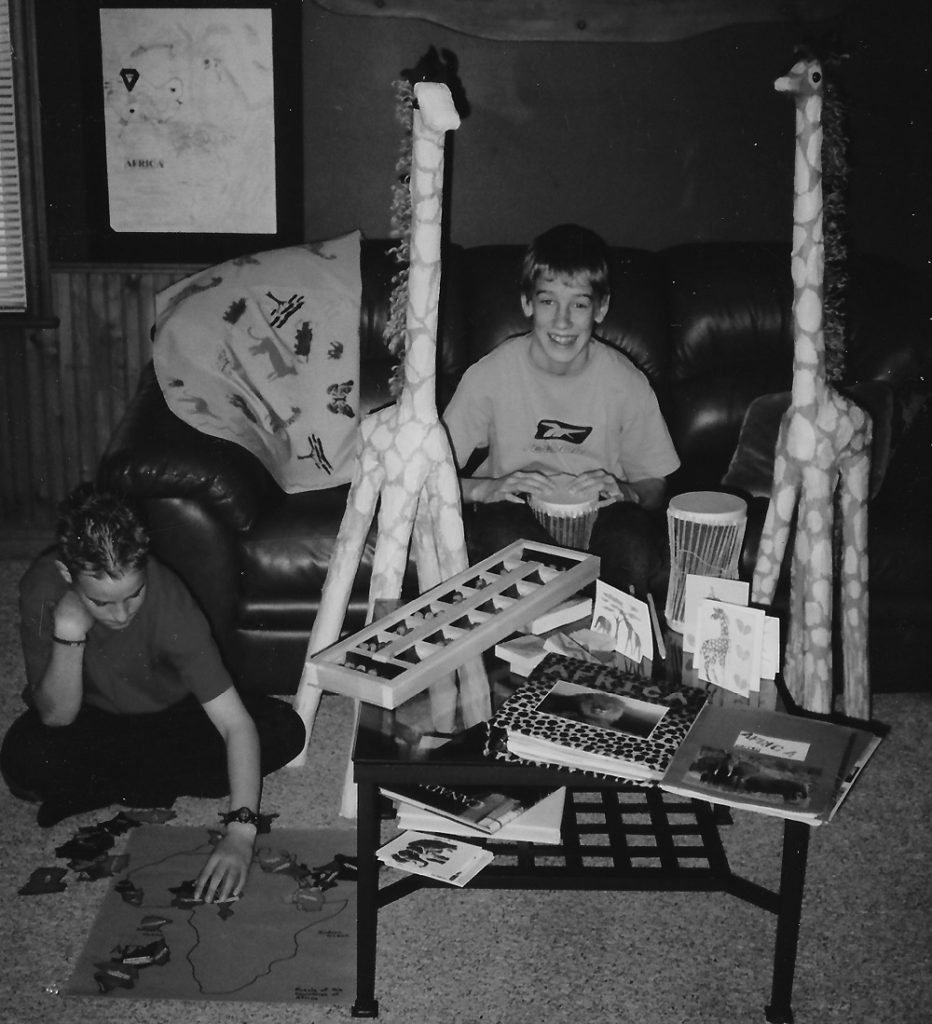It has been widely established that we learn best through experiential learning!
As we involve more of our senses, more learning can take place. Learning promotes more learning. Experiential learning is the process of learning through experiences and then reflecting on them. As parents and educators, we have the incredible opportunity to provide powerful experiential learning experiences for our children
As you know, I’m a homeschool mom (all my children are married…and I have 8 grandchildren) but I will always be a homeschool mom. It is part of my identity. Education is my passion!
Guiding children to discover new ideas and explore the world around them is what I love to do, whether in my educational therapy practice or while playing with my grandchildren. To see their bodies and brains process new information is a beautiful thing. Perhaps this perspective is a direct result of my age. Or perhaps it’s due to my own education, post homeschooling, as I’ve studied even more about the miracle of how the brain functions.

A blast from the past! My sons, Bradley and Darrell, displaying their Africa Unit experiential learning activities. Great memories!

Neutron connections at birth, 6 years, 14 years. Quite fascinating to me! Image source: Conel, JL. The postnatal development of the human cerebral cortex. Cambridge, Mass: Harvard University Press, 1959.
You see, children are born to learn! Did you know that in the first years of life, more than 1 million new neural connections form every second? This rapid growth along with the pruning of synapses that follows, form the wiring of the brain and allows all the areas to communicate together. Along with our genes, our experiences and environment help build our brain’s map of neural connections and provide the foundation for further learning, academically, cognitively and emotionally.
Each experience that a young child has, builds a synapsis or neural connection in their brain. The more experiences, the more synapsis are created. So, how do we create positive experiential learning opportunities for our children to build new neuropathways and establish a strong foundation for lifetime learning? I would like to suggest these four ideas for you to establish in your home or school.
How to Create Positive Experiential Learning Opportunities
- Model a Love of Learning
Do your children see you learning? Do they feel your excitement about a new topic in your life? Include them! Share your passions with them and explore new avenues together. - Read Books, Play Games
Do you have books in baskets or out on the table in every room of your house? I know it’s tempting to say any information we need is at our finger tips on the internet, but there’s nothing like sparking curiosity with good pictures and great stories! Play games. Incredible learning occurs as we take turns and learn new information. - Hands on Learning
This phrase has often turned parents and educators off as ‘way too much work’, but what if instead we considered all the various ways that students can be involved in the learning process and share their knowledge? Perhaps they could build a model, design a poster, dramatize an event, or present a speech. This engages the student and provides experiential learning! - Explore the World
As you experience nature, museums, and zoos with your family, you are giving them the gift of experiential learning. These experiences encourage further discussions and help build the scaffold of future learning.
As you explore these avenues, you will see the power of experiential learning unfold before your very eyes. We won’t be able to see all the neural connections forming, but we will certainly see their love of learning shining through. Clearly, education is all about experiences, experiences, experiences!
What kind of experiences have you shared with your children or students lately? Leave a comment here, I’d love to hear what you did!


We moved overseas and we are experiencing a new culture. Learning something everyday!!!
Thanks for your encouragement.